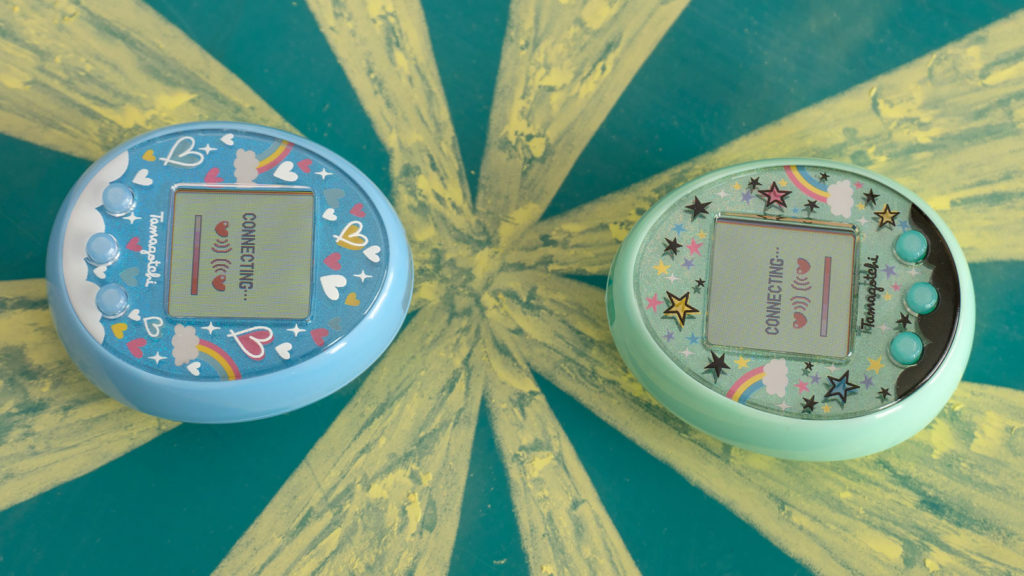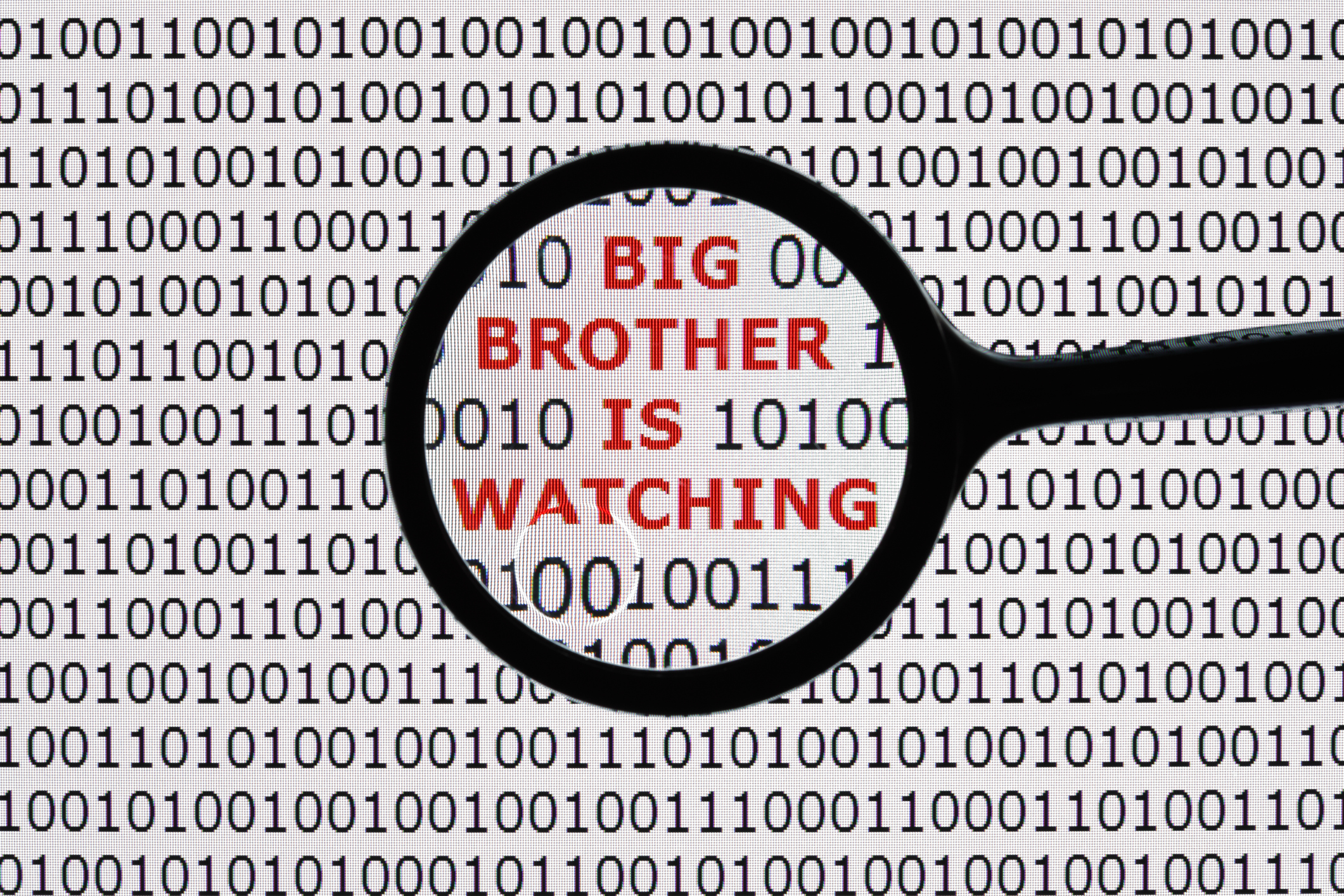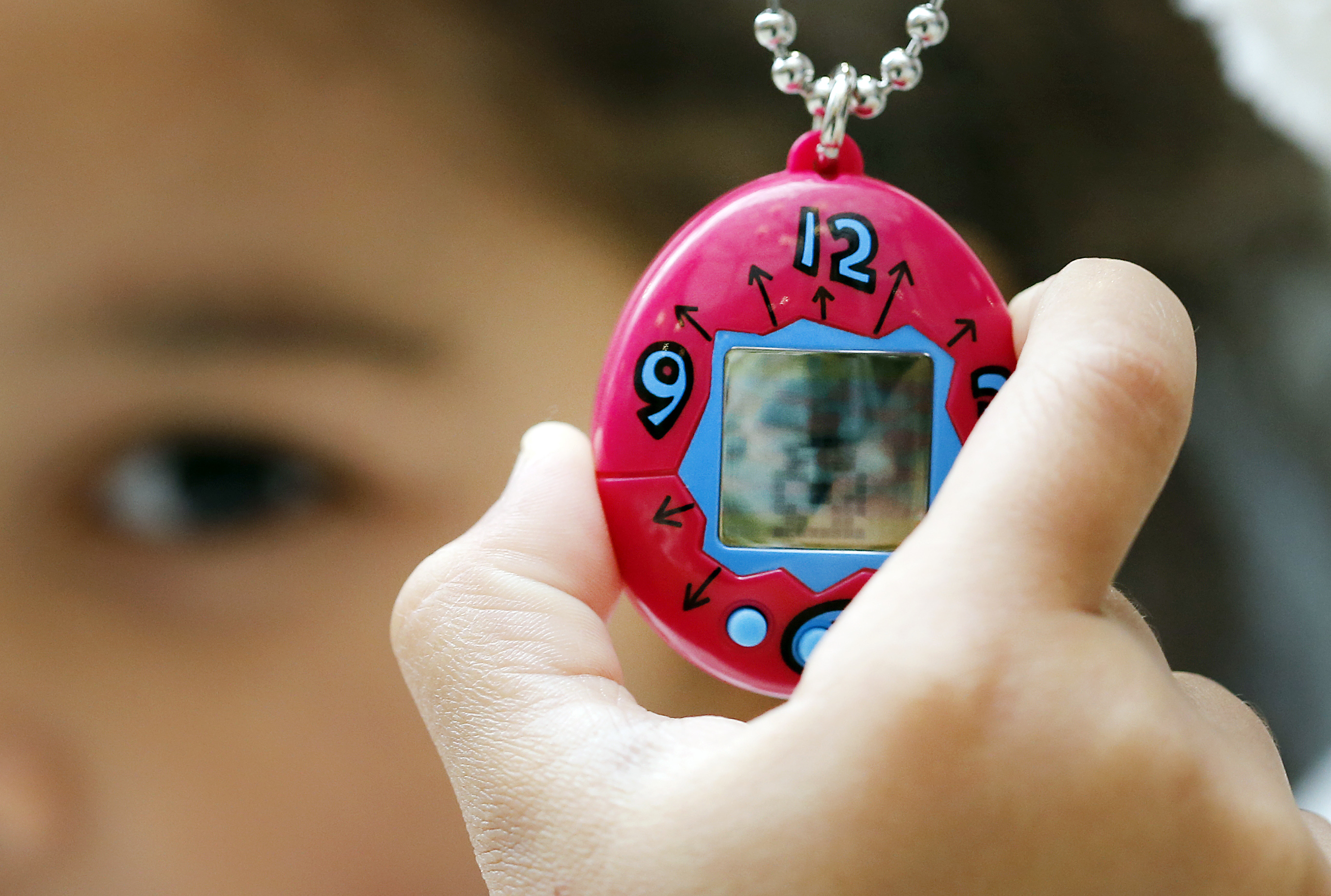Orwell’s 1984 was nothing like actual 1984. But it’s exactly like 2019
Article via DigitalTrends
In 1984, Apple said 1984 wouldn’t be like 1984. George Orwell’s novel describes a dystopian surveillance society as a warning, and Apple positioned itself as a counter to that disturbing future. But here’s the thing: 2019 looks a lot like 1984. And we’re remarkably comfortable with it.
Orwell published one of the great English-language novels on June 8, 1949, 70 years ago today. His book details a society perpetually at war, ruled by an enigmatic figure known only as “Big Brother.” Thanks to secret surveillance, Big Brother’s totalitarian government knows all, punishing thoughtcrimes before they take place and rewarding conformity.
When Steve Jobs and his upstart rebels at Apple used the framework of Orwell’s book to tell a dark story about conformity in the computing world, it seemed distant. In Apple’s famous ad, a hammer-wielding champion blows apart massive screens showing the sneering face of Big Brother.
ST Features
Orwell’s 1984 was nothing like actual 1984. But it’s exactly like 2019

In 1984, Apple said 1984 wouldn’t be like 1984. George Orwell’s novel describes a dystopian surveillance society as a warning, and Apple positioned itself as a counter to that disturbing future. But here’s the thing: 2019 looks a lot like 1984. And we’re remarkably comfortable with it.
Orwell published one of the great English-language novels on June 8, 1949, 70 years ago today. His book details a society perpetually at war, ruled by an enigmatic figure known only as “Big Brother.” Thanks to secret surveillance, Big Brother’s totalitarian government knows all, punishing thoughtcrimes before they take place and rewarding conformity.
When Steve Jobs and his upstart rebels at Apple used the framework of Orwell’s book to tell a dark story about conformity in the computing world, it seemed distant. In Apple’s famous ad, a hammer-wielding champion blows apart massive screens showing the sneering face of Big Brother.
Apple was right. 1984 wasn’t like 1984, with its goofy suits and Alf and Talking Heads videos on MTV. But today? For starters, it’s hard to ignore the similarities between Big Brother and Donald Trump, whose cult of personality commands, for some, a similar unwavering fealty, even if his attention span is hopefully not as constant.
Look beyond the Big Brother we’ve elected and you’ll see that we’ve built the surveillance society we’ve feared for so long — and maybe it’s not such a problem after all.
We live in a world where devices are constantly listening. The power of voice control is profound, allowing us to check whether we locked the garage door simply by speaking aloud. We’re worried about digital eavesdropping — which is partially why Amazon just allowed you to ask Alexa to forget what you just said — but mostly we’re okay with it.
Far from being clobbered into submission by a totalitarian regime, we’ve sacrificed our privacy for the sake of convenience. I can ask Siri to order a pizza, ask Google to play my favorite song, or have Alexa turn on the air conditioning. And sure, some people are worried, but that’s not stopping us from using this tech.
Some of these devices are watching us. Consider Facebook Portal, a voice-activated telescreen that follows you around the room. It literally is watching your every move. Phones, computers and even TVs have cameras that watch us (or do they?).
While useful, these devices have instilled in many a sense of paranoia that’s profoundly at odds with the professed goals of smart home devices. When I brought home an Amazon Fire TV recently, my wife asked why I’d want to bring a device into the living room that spies on us. I couldn’t really argue.
You can draw a line at the door: It’s fine in the house, with devices that you’ve bought and (hopefully) control. What happens when you leave, and enter the public space where even more devices are watching?
For the most part, people believe surveillance cameras make us safer. But the enormous screens on London’s Piccadilly Circus use cameras to analyze the makeup of the crowd to choose which advertisements to play, and it’s likely to get more directly and individually focused at breakneck speed. The power of facial-recognition through A.I. promises to actually track YOU — not just random people. And fears of what that could bring have led to California’s ban on such technology.
Still, is the loss of privacy a terrible thing? Trump aside, perhaps Big Brother isn’t bothering us at all, considering the benefits we gain from today’s technology. Hey Siri: 1984 wasn’t like 1984, but 2019 is.
The New Tamagotchi Can Marry and Breed
Article via Gizmodo
Twenty-two years after its initial release, and several years after countless revivals and re-releases, Tamagotchis have returned yet again with some interesting features like smartphone connectivity and the ability for your virtual pets to marry someone else’s and have kids. Tamagotchi? More like Tamagotchu for 18 years.
If you’re somehow unfamiliar with the toy, the Tamagotchi is like the modern version of the pet rock, but with most of the responsibilities and care that a real-life animal would require. That includes feeding your virtual pet, caring for it, playing with it, cleaning it, and generally interacting with it on a regular basis to keep it alive, happy, and growing. The latest iteration, Tamagotchi On, expands what you can do with the digital creature, but as an adult with a lot on his plate already, am I the only one who’s starting to feel these are more overwhelming than fun?
The most obvious update to Tamagotchi On is that it’s almost gigantic compared to previous versions of the toy that could hang off a keychain without being noticed. The new version is considerably larger, and as a result, it might have a hard time competing for pocket space against a smartphone.
One thing that hasn’t changed with Tamagotchi On are the three simple buttons used to interact with the virtual pet and to navigate the toy’s menus. It works, once you get used to how the navigation works (the buttons are unlabelled) but as the menus, settings, and options have expanded quite a bit in this version, it might finally be time for Bandai America to consider introducing an alternative—like a tiny touchscreen now that smartwatches have demonstrated they’re not impossibly small to use.
One small gripe: why didn’t Bandai America include a keychain with the new version? It has the holes to attach one, but it’s BYOK.
The Tamagotchi On’s full-color screen isn’t new, that feature was introduced as far back as 2008 with the Tamagotchi Plus Color in Japan, but it’s finally making an appearance here in the US. The colors are vibrant, even in bright light, and given the screen’s small size the lack of pixel density isn’t an issue. Besides, the crude pixelated graphics and stuttered animations are part of a Tamagotchi’s charm and appeal at this point. I’m not sure if I’d want a virtual pet that looked and acted more lifelike—I’d be devastated when it eventually died.
That being said, all the features that have been added to the Tamagotchi line over the years are starting to make the toy’s menus feel a little bloated. You’ll find yourself randomly digging through endless sub-menus to find an option you’re looking for, and a display with more resolution would allow more options to be squeezed onto each screen.

The ability for two Tamagotchi Ons to wirelessly communicate over IR isn’t new either, that feature was first introduced with the Tamagotchi Connection back in 2004. But it now facilitates more interactions between Tamagotchis on different devices. You can have playdates, send your virtual pet off to visit a friend or a hotel, and even propose marriage to another Tamagotchi. If they say yes, your virtual pets will consummate their relationship (presumably off-screen) resulting in each one receiving an egg that will hatch and grow into a child that looks like both its parents. Up to 16 generations of a family can exist on a device at a given time, which sounds exhausting. To make things a little easier, there’s even the option for your younger Tamagotchi to spend the day being babysat by its parents.
Tamagotchi On will be available starting in July for $60—which is the least appealing feature of the latest version—they’re no longer a cheap $15 impulse purchase. But when it launches, Bandai America will also be releasing an accompanying mobile app (it wasn’t available for testing yet) that the Tamagotchi can wirelessly connect to to further expand what your virtual pet can do, where it can go, and who it can meet—including Tamagotchis all around the world. Instead of trying to compete with smartphones, Tamagotchis may have finally embraced them so kids have more incentive to keep their pets alive.
Note: at the time of publication both of the writer’s Tamagotchi were still alive and well.
PlayStation Plus offers Overcooked, Edith Finch in May
Article via Polygon
PlayStation Plus subscribers will get access to two PlayStation 4 games as part of the service in May: Overcooked and What Remains of Edith Finch.
Ghost Town Games’ Overcooked is a frantic, multiplayer kitchen sim in which teams of cooks grab ingredients, cook ’em up, and serve them to impatient diners. It’s a great way to test friendships, as well as a rollicking good time. Ghost Town released a sequel in 2018, which made it to Polygon’s best local multiplayer games list.
Giant Sparrow’s What Remains of Edith Finch is an anthology narrative adventure game in which players explore the family home of the eponymous Edith Finch and uncover the stories behind the people who died there. It was one of our favorite games of 2017 and can be enjoyed in a single weekend.
April’s PlayStation Plus games — Conan Exiles and The Surge — are available to download through Tuesday, May 7, when next month’s games go live.
Dragon Ball Game: Project Z Trailer
Here’s the trailer for the latest Dragon Ball video game set to release this year!
Spyro Reignited Trilogy Trailer
In just 3 weeks Spyro will be back on the shelves in an all new remastered series, check out the trailer!
Fallout 76: Here’s The New Main Theme
Fallout 76 has based its marketing around its unique setting in West Virginia, including a debut trailer with the famous folk song and state song “Take Me Home Country Roads” by John Denver. As the release draws closer, Bethesda has now released its main theme, from longtime composer Inon Zur.
The track isn’t “Country Roads,” but Bethesda does say the score is “inspired by the beauty of West Virginia.” Zur has previously composed for Fallout 4, Prince of Persia, Dragon Age 2, and many more games.
West Virginia is a lovely and idyllic setting in many of the trailers, but this being a Fallout game, it’s going to have its share of ugliness as well. It takes place earlier than most other Fallout games so the mutants and enemies will be unique to this game. And you can make it a lot less beautiful by detonating a nuclear weapon over it.
We recently had hands-on time with Fallout 76, finding it to be a very different kind of post-apocalypse. You can try it yourself when the beta period kicks off on October 23 for Xbox One and October 30 for PC and PlayStation 4.
Article via
Friday Night Documentry HBO Beware of Slenderman
Streaming on HBONOW
San Diego Comic Con 2018: IGN LIVE Day 1 and 2
Day 1 No audio until 50:45 mark
Day 2 LIVE you may have to rewind











